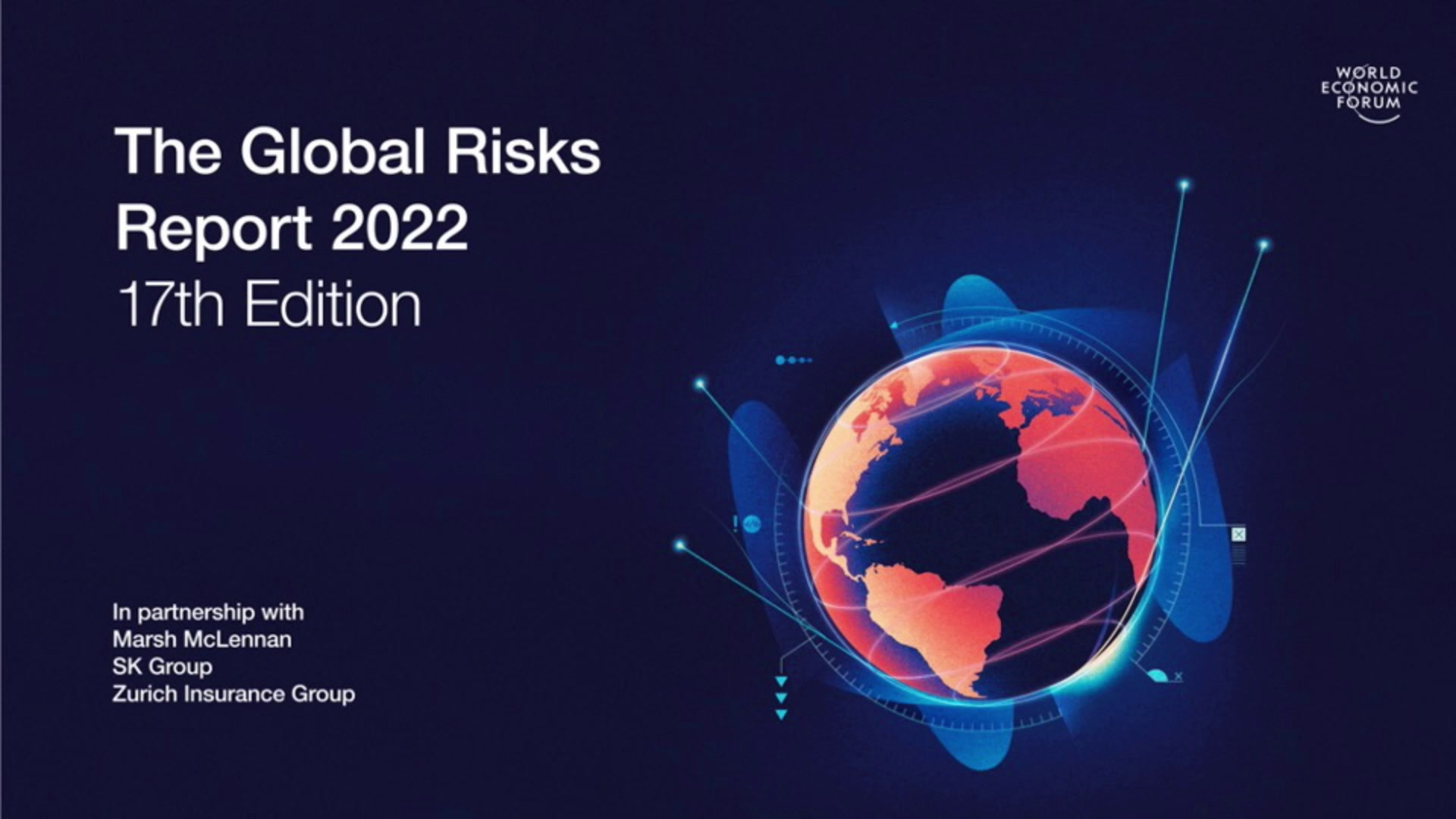KATHMANDU: The World Economic Forum (WEF) has identified five risks to Nepal in 2022. The Global Risks Report released by the forum this year warns that Nepal could be at risk for five different reasons.
According to the Forum, under Risk 1, Nepal will face structural deterioration of work prospects and/or standards for the working-age population. Similarly, there will be more unemployment, underemployment, lower wages, fragile contracts, erosion of worker rights in 2022 due to the coronavirus pandemic.

The report has pointed out that Nepal will suffer due to natural disasters and climate change as well.
Nepal will see more loss of human life, financial loss and/or damage to ecosystems as a result of human activity and/or failure to co-exist with animal ecosystems: deregulation of protected areas, industrial accidents, wildlife trade, and so on under Risk 2, the report said.
The Forum also highlighted the risk of concentration, exploitation and/or mobility restriction by a state of goods, knowledge, services, or technology critical to human development with the intent of gaining geopolitical advantage for Nepal in 2022.
Likewise, World Economic Forum (WEF) projected massive and rapid spread of viruses, parasites, fungi or bacteria that cause an uncontrolled contagion of infectious diseases, resulting in an epidemic or pandemic with loss of life and economic disruption in Nepal in2022 and Nepal fails to control this.
According to the report, the final risk for Nepal in 2022 is Digital Inequality. Under this risk, there will be fractured and/or unequal access to critical digital networks and technology, between and within countries, as a result of unequal investment capabilities, lack of necessary skills in the workforce, insufficient purchase power, government restrictions, and cultural differences.
WEF has shortlisted the top five risks for each of the 124 countries surveyed by the World Economic Forum’s Executive Opinion Survey (EOS) between May and September 2021.
Over 12,000 leaders answered the following question: “What five risks will pose a critical threat to your country in the next two years?” and were asked to select these from a list of 35 risks, with no particular order. “Risk 1” indicates the most frequently selected risk in each country. Where there is a tie, the tied risks are presented alphabetically in the same cell, separated by a dotted line (“—”) and the next cell in the row contains an ellipsis (“…”). For example, in Armenia, two risks (“human-made environmental damage” and “large-scale involuntary migration”) are tied for third place and there is, therefore, no risk in fourth place.









Comment